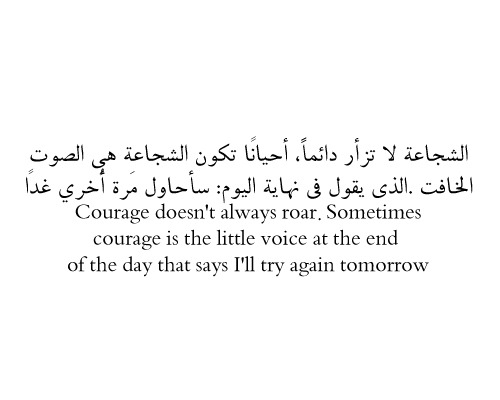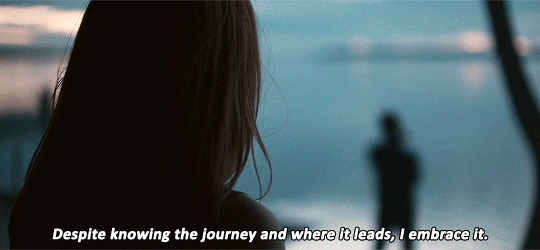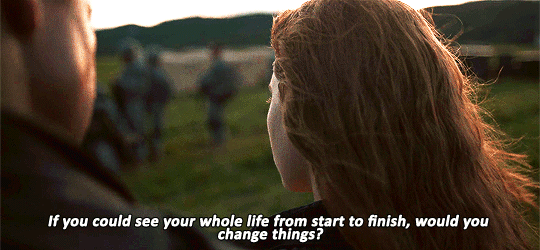Photo
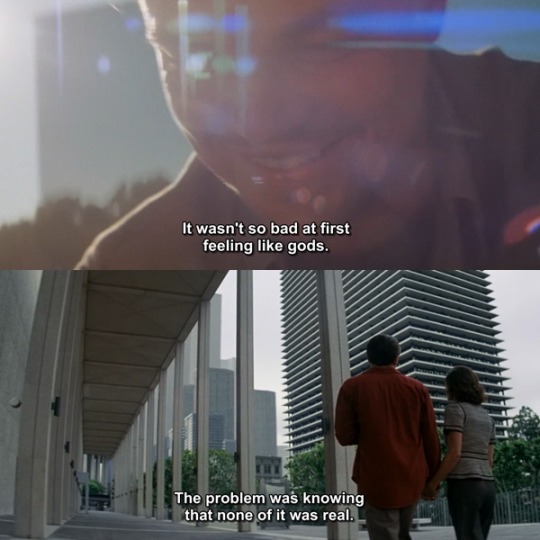
Inception (2010)
dir. Christopher Nolan
It wasn’t so bad at first, feeling like gods. The problem was knowing that none of it was real.
92 notes
·
View notes
Photo
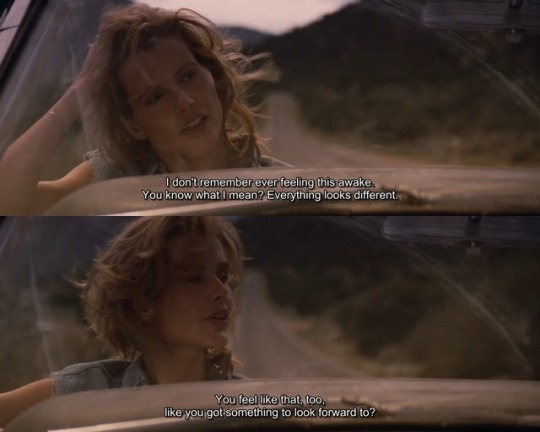
Thelma & Louise (1991)
dir. Ridley Scott
I don’t remember ever feeling this awake. You know what I mean? Everything looks different. You feel like that, too, like you got something to look forward to?
36 notes
·
View notes
Photo




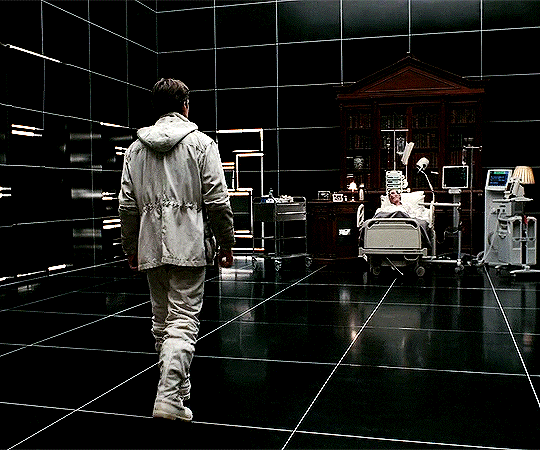


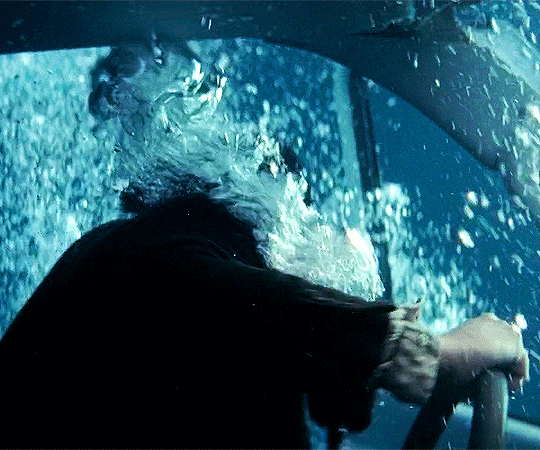
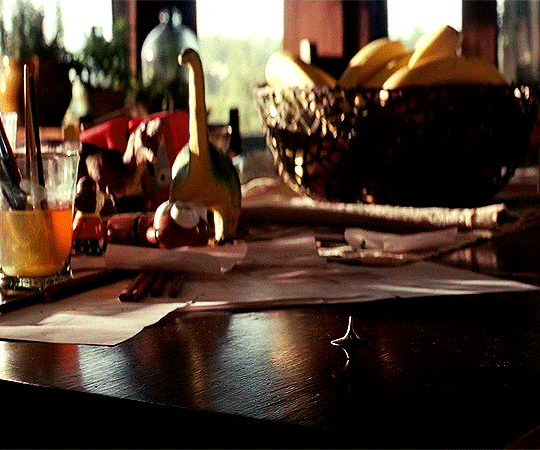
What is the most resilient parasite? Bacteria? A virus? An intestinal worm? An idea. Resilient… highly contagious. Once an idea has taken hold of the brain it’s almost impossible to eradicate. An idea that is fully formed - fully understood - that sticks; right in there somewhere.
INCEPTION 2010 | Director: Christopher Nolan
5K notes
·
View notes
Photo


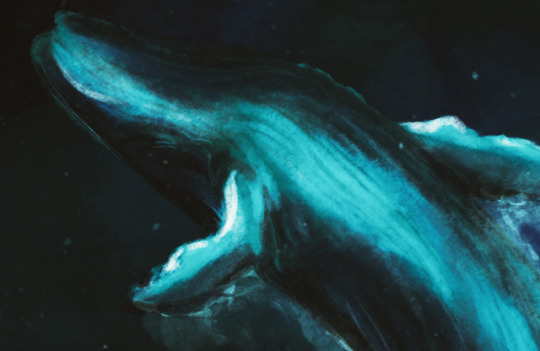
“You must take life the way it comes at you and make the best of it.”
A digital painting of Life of Pi for one of my class
392 notes
·
View notes
Text
The Objective Correlative and You: How Symbolism Can Improve Your Writing!
Learning of the objective correlative is like learning a new word. Once you know what it means, you start to see it everywhere.
I learned of this literary gem during my last grad school residency. As defined by Merriam-Webster, an objective correlative is, “something (such as a situation or chain of events) that symbolizes or objectifies a particular emotion and that may be used in creative writing to evoke a desired emotional response in the reader.”
Most of my writer peeps have probably, unknowingly, used objective correlatives in their own work. I know I have. And if you’ve picked up a book within the past decade, than you’re at least familiar with one or two.
Don’t believe me? Here are a few examples of famous objective correlatives.
1.) “The Raven,” by Edgar Allan Poe
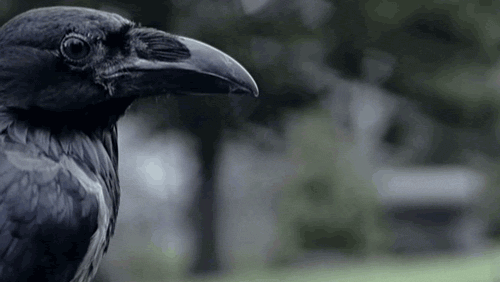
(Image source.)
Here’s an easy one. The objective correlative, in this case, is Poe’s titular corvid, who represents grief, loss, and hopelessness.
The bird visits the nameless protagonist “once upon a midnight dreary” while he ponders the death of his beloved, “the rare and radiant maiden whom the angels name Lenore.” When his asks his winged visitor if he will see Lenore in the afterlife, the bird merely replies, “Nevermore.” It embodies his sorrow, loss of faith, and fear that they will never be reunited.
2.) Life of Pie, by Yann Martel

(Image source.)
Can you guess? In this case, the objective correlative is our boy Richard Parker, the oddly named tiger who accompanies Pi on his lone voyage. Richard represents Pi himself, while their journey alone in a lifeboat represents Pi’s spiritual journey.
3.) A Tree Grows in Brooklyn, by Betty Smith

(Image source.)
First off, I highly recommend everyone read this book – especially everyone who thinks The Classics™ are reserved to the angsty male protagonists who were shoved in your face during high school. A Tree Grows in Brooklyn does not fuck around: it deals with poverty, classicism, drug addiction, female sexuality and sexual autonomy, and an assload of complex, flawed, strong-as-hell female characters. And it was written in 1943. Do yourself a huge-ass favor, and read A Tree Grows in Brooklyn.
Anyhoodle. The tree in question is the Tree of Heaven, growing outside of Francie Nolan’s window. Though the tree is considered a nuisance, and was chopped down several of times, it continues to grow. The tree represents Francie’s determination to survive, grow, and better herself, in spite of the destitution in which she grew up.
4.) The Great Gatsby, F. Scott Fitzgerald

(Image source.)
Speaking of angsty male protagonists, let’s have a look at one of the angstiest of them all. This is a pretty famous example, so see if you can figure it out.
Give up? It’s the green light. The green light represents Gatsby’s longing for Daisy.
5.) Where’d You Go, Bernadette, Maria Semple

(Image source.)
Let’s conclude by moving away from objective correlatives which are, you know, objects. In this case, Bernadette has literally disappeared into her role as a wife and a mother. She has completely lost her sense of identity, which is represented by her physical disappearance.
So, why should you care?
Simple! The objective correlative is a great tool. It conveys emotions in a far more organic and powerful way than simply hitting the reader over the head with them.
Imagine if “The Raven” was just a poem about some dude feeling sad and grieving his dead girlfriend. No ravens to be seen. That would be a total bummer, it would immediately make the title grievously misleading, and no one would probably remember it.
Or if Life of Pi was just a story of a kid trying to survive in a lifeboat, alone, for over 150 pages. That would be just plain bleak, and a lot less exciting, interesting, or memorable.
The tree in Tree Grows in Brooklyn emphasizes Francie’s struggle, and enhances the emotional poignancy of the narrative. The moment when it occurs to us that Francie is the tree, growing upwards in the face of adversity, is far more powerful than having it simply spelled out to us.
In many cases, the objective correlative is the physical conflict that represents the emotional conflict, as in the case of Where’d You Go, Bernadette – without it, there would simply be no book.
So next time you read a book, make sure you have a pen in your hand – I always do – and see if you can spot the objective correlative. As with any literary tool, the more you read about them, the more they can work for you!
I hope this helps, and happy writing!
1K notes
·
View notes
Photo

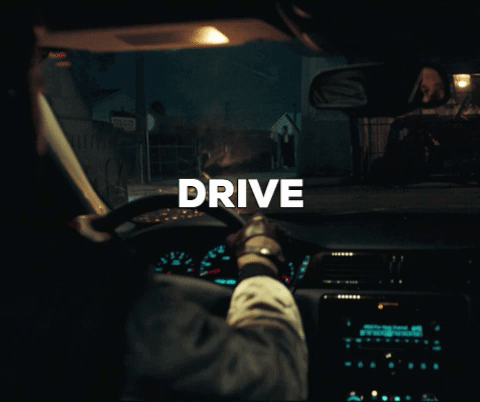


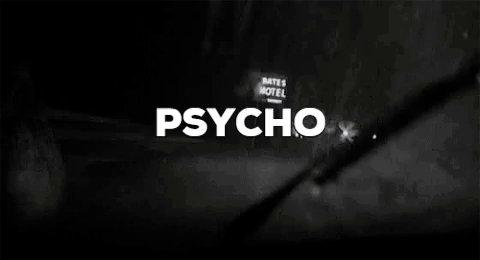

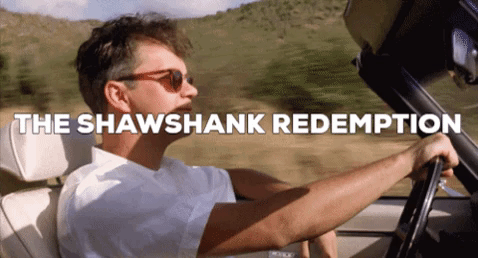
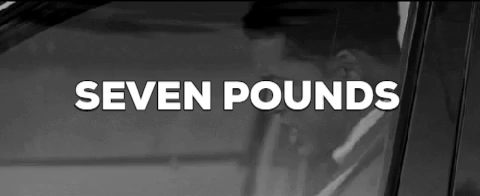
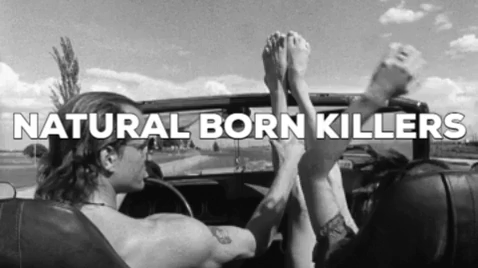
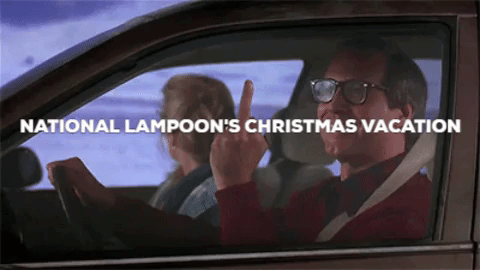
“I have trouble with names and faces, but I never forget a car.”
car scenes
by katiecorleone
691 notes
·
View notes
Photo
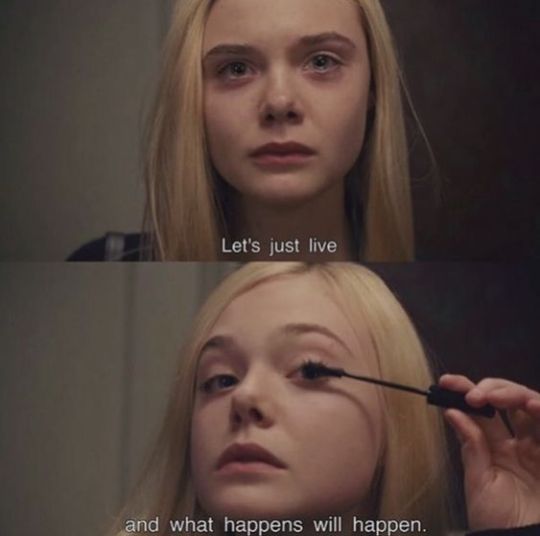
Likeness, 2014
A short film by Rodrigo Pierto
(I know these aren’t the words matching the stills but it still felt like a nice post)
466 notes
·
View notes
Photo
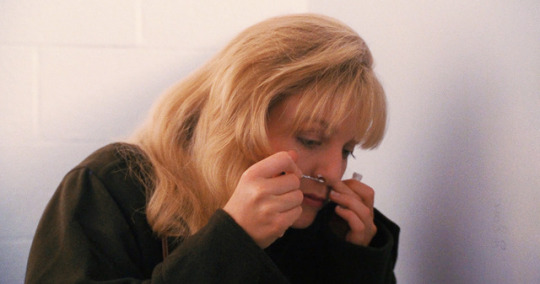

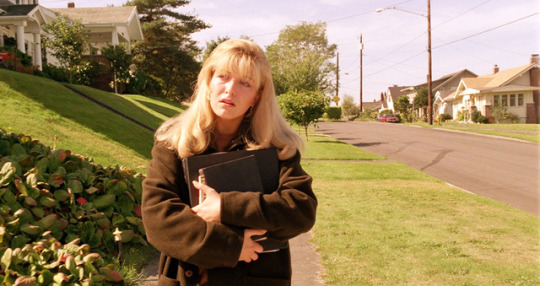
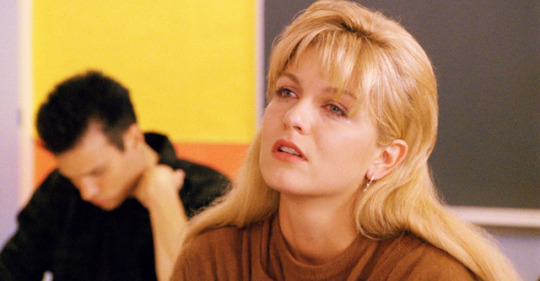

Twin Peaks: Fire Walk with Me (1992) dir. David Lynch
540 notes
·
View notes
